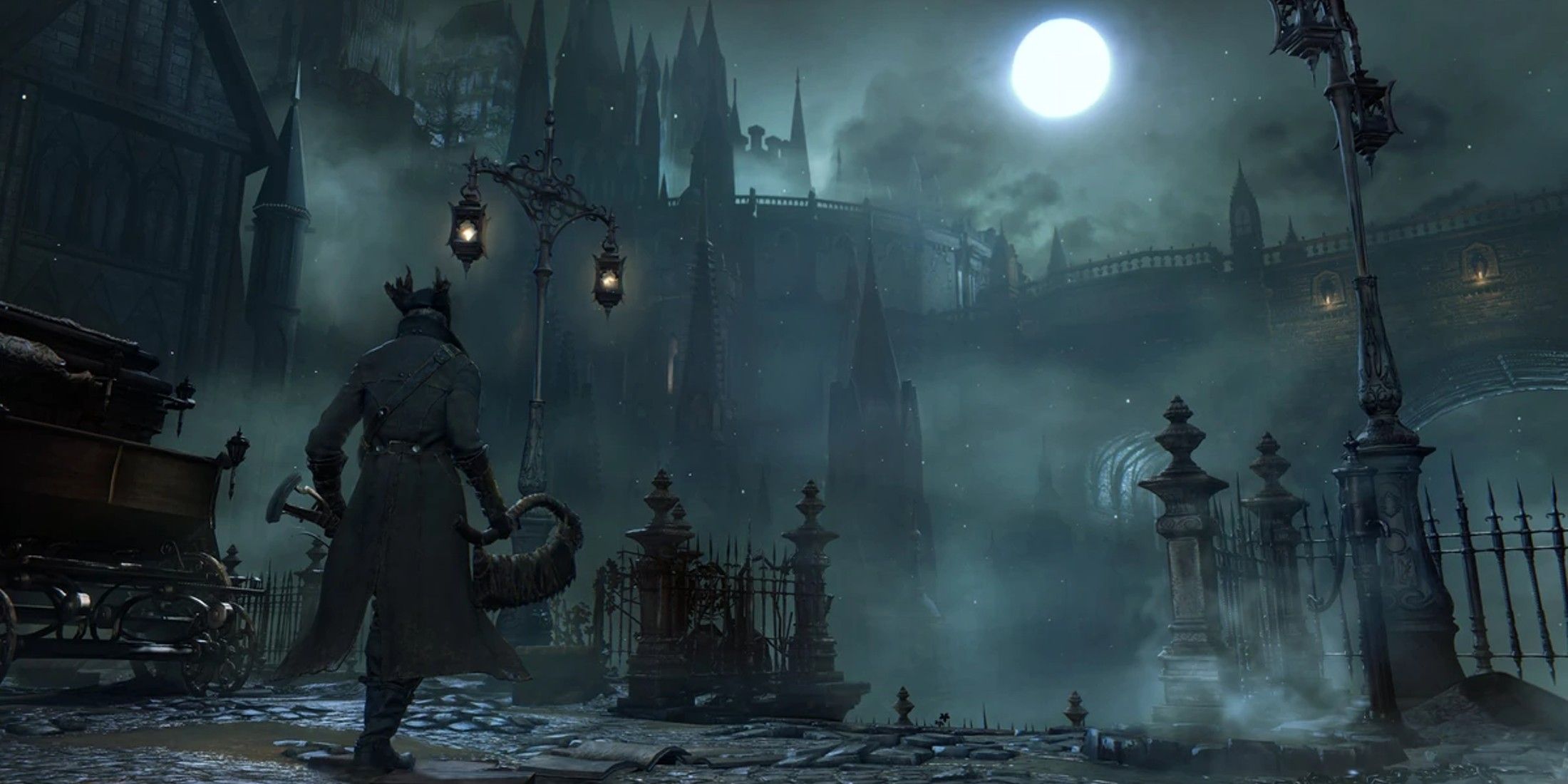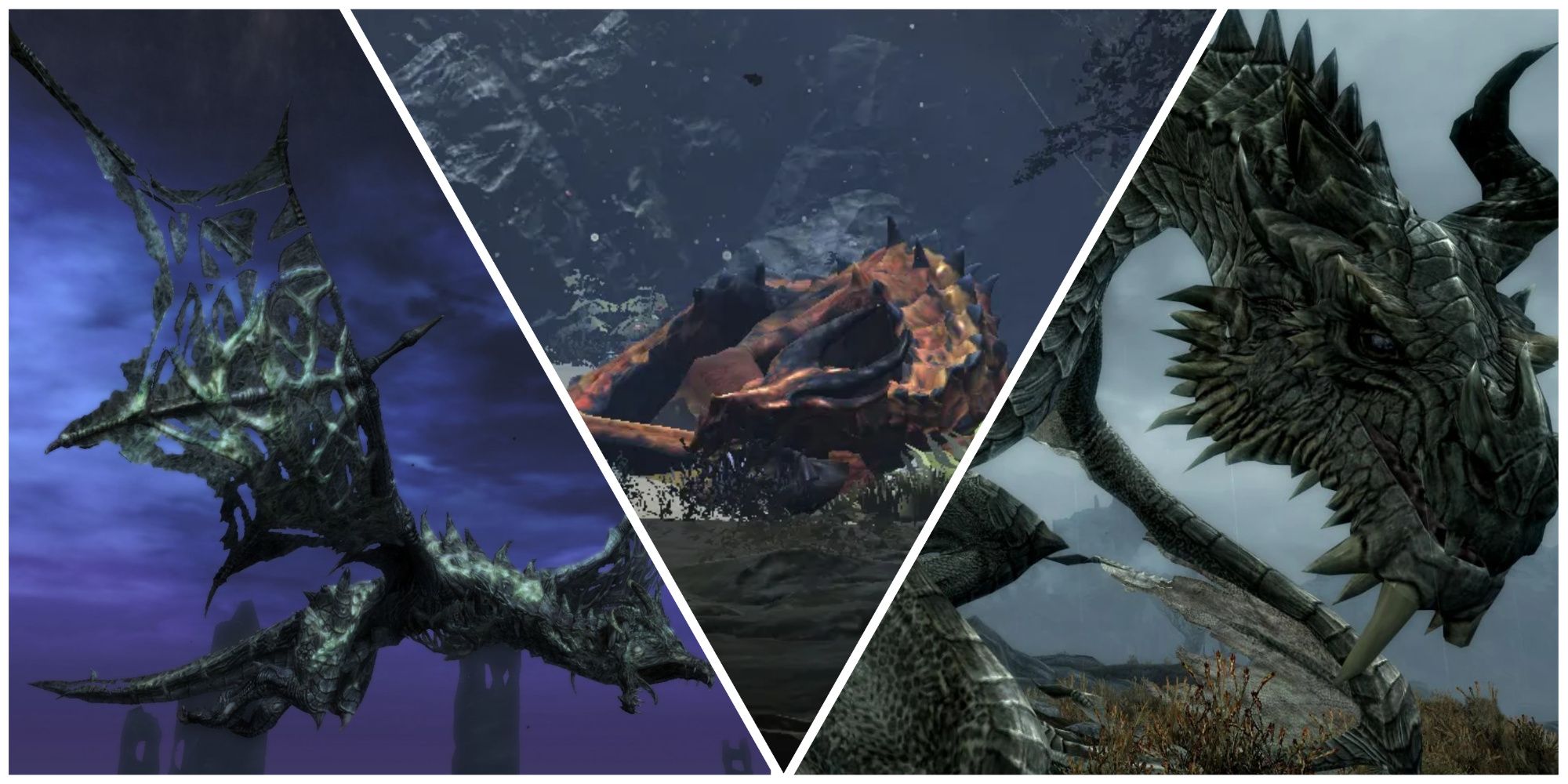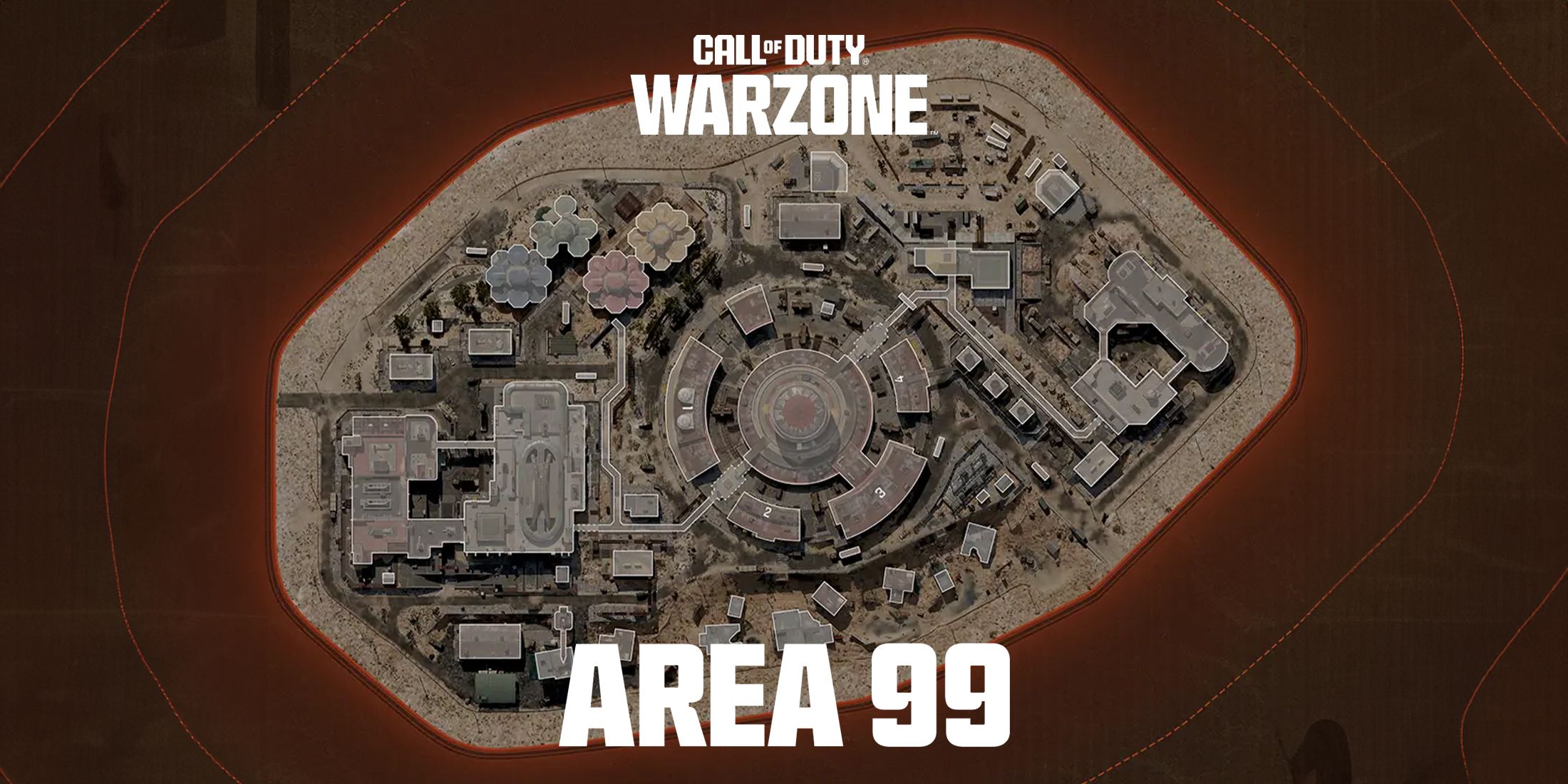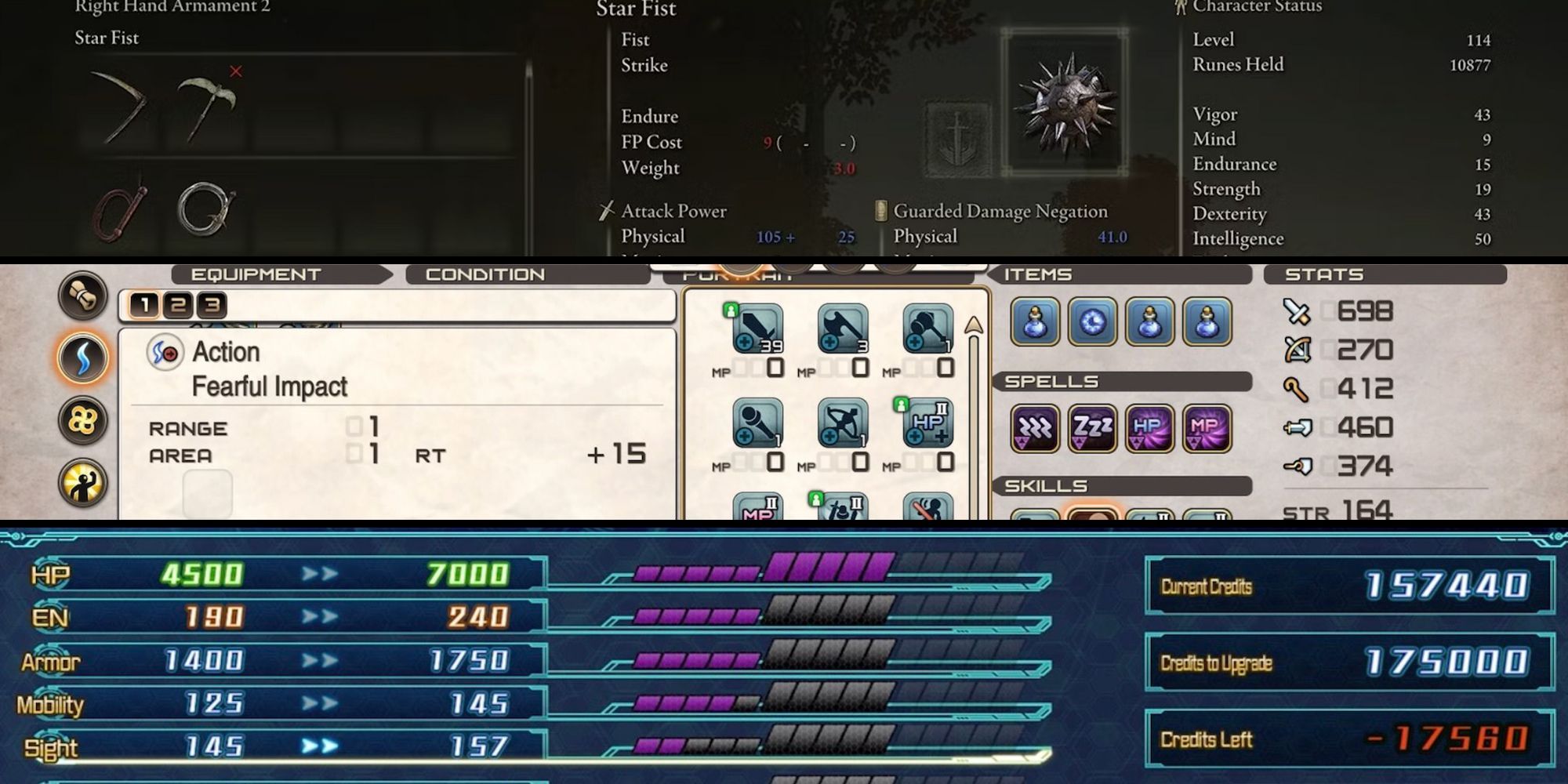Key Takeaways
- Bloodborne’s level design stands out due to its detail and verticality, creating a visually striking and immersive experience.
- Elden Ring’s level design, while different in structure, also impresses with grand open vistas and well-populated spaces.
- The Realm of Shadow DLC for Elden Ring showcases the game’s potential by blending spaces for an ethereal atmosphere, similar to the level of intimacy found in Bloodborne.
Bloodborne is one of FromSoftware’s most iconic and renowned IPs to date for its stunning visuals, environments, and ambiance, its elusive and macabre yet deeply alluring storytelling, its relentlessly unforgiving but fair combat, inspired fashion, and hauntingly intricate themes. It is far and away an epitome of the dark fantasy genre and a Hall of Fame action RPG title as far as the gaming world is concerned; there is no underscoring its mass appeal. Likewise, its younger sibling, Elden Ring, approaches the same notoriety for similar reasons, differing in themes and presentation, but boasting the same strong bones as Bloodborne in a slew of ways.
One of the strongest attributes of any FromSoftware RPG, however, is the level design. Prior to the invention of the Soulslike genre, very few action RPGs boasted the considerable detail and environmental storytelling that FromSoftware has garnered its fame for. Bloodborne‘s popularity is due in large part to the masterful execution of the setting, featuring a breadth of verticality and robustness within otherwise linear dungeons and levels that few games measure up to even to date. Bloodborne‘s level design presents a visual extravagance in every frame, despite its gothic atmosphere and eldrich horror influences. Though it often has the player confined in tight spaces to create a sense of looming disquiet about what could be around any corner, the level design never feels limited or underdeveloped.
Timeless Level Design Helps Bloodborne Keep its Crown, and Offers Elden Ring its Own
Bloodborne areas like Old Yharnam, the Cathedral Ward, Forsaken Castle Cainhurst, and the Nightmare of Mensis are prominent examples of FromSoftware’s level design accomplishments, possessing far more explorable area than initially meets the eye through the aforementioned verticality, as well as cleverly hidden areas, and accents to the worldbuilding lore through visuals. These, in addition to item descriptions and carefully written dialogue, come together to create one of the most satisfying single-player narratives of a gaming generation.
Bloodborne possesses a kind of level design that even FromSoftware itself hasn’t recaptured yet. Bloodborne‘s persisting 9-year relevance is due in large part to its:
- satisfying combat mechanics
- imposing but memorable boss fights
- ‘cool’ factor regarding its fashion and armaments
- well-implemented worldbuilding elements
- rewarding progression gameplay loop
- superb lore through non handhold-y storytelling
Elden Ring’s Alternate Route to Level Design Success
Elden Ring, by comparison, had to take a different approach for its level design in order to accommodate its open world. Whereas Bloodborne had its levels sectioned off, Elden Ring is well and truly a grand sandbox, and as such, its level design finds itself stretched, chopped, and skewed. The open vistas and sweeping plains of Elden Ring are a joy to traverse on horseback or merely to drink in the magnitude, and FromSoftware didn’t drop the ball when it came to populating the space in such a way that presents an unbridled immersive experience. However, Elden Ring is closest to Bloodborne‘s level design with its legacy dungeons.
Raya Lucaria Academy, Cainhurst Castle, and Volcano Manor are splendid graphical depictions of high/dark open-world fantasy worthy of being affiliated with the works of George R.R. Martin, who had a hand in creating the lore, yet none come even remotely close to the utility and proficient use of space to be found in Bloodborne. That is not to say there exists no verticality or close-quarters areas densely packed with atmospheric storytelling, but it wasn’t until the Realm of Shadow map released with the Shadow of the Erdtree DLC expansion that Elden Ring truly stepped into the crux of its potential.
The Realm of Shadow, though also an open-world map, does a stupendous job of teasing adjacent areas of interest and blending the spaces together in a complementary way, creating and maintaining an auspiciously ethereal atmosphere with poetically tragic undertones. Like Elden Ring‘s main game overworld, the dungeons are magnificent, but with the DLC, FromSoftware seemed to feel more at home with having Elden Ring step into itself and its capabilities. Dungeons like Belurat, Tower Settlement and Enir-Illim optimally utilized wider spaces that characterized Elden Ring‘s dungeons while also maintaining that level of intimacy that Bloodborne is known for. The dungeons in the DLC are likely what Bloodborne would be if it were more spread out.
FromSoftware is almost never guilty of under-using space, and though Elden Ring and Bloodborne approach level design is somewhat different ways, the DNA is definitely still the same, and the appeal is as sweet is to savory. Though the games may be antithetical to one another in this way, the point that they both work extremely well for the content that they represent stands ever tall.








